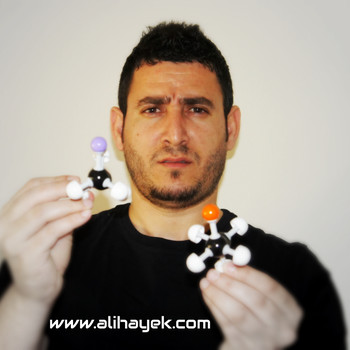A photon on a hydrogen atom excited an electron from #n = 1# to make a transition to #n=3#. What is the wavelength (in run) pertaining to this transition and was the transition emitting or absorbing in nature?
1 Answer
Energy is absorbed.
Explanation:
In order to solve this question we will use the Bohr Model.
The change in energy according to Bohr can be calculated by:
Here, the initial level is
Thus,
This energy can also be given as
Since the electron is moving from a lower energy level to a higher energy level, the energy is absorbed.
Moreover, we can say that the energy is absorbed because the sign of

